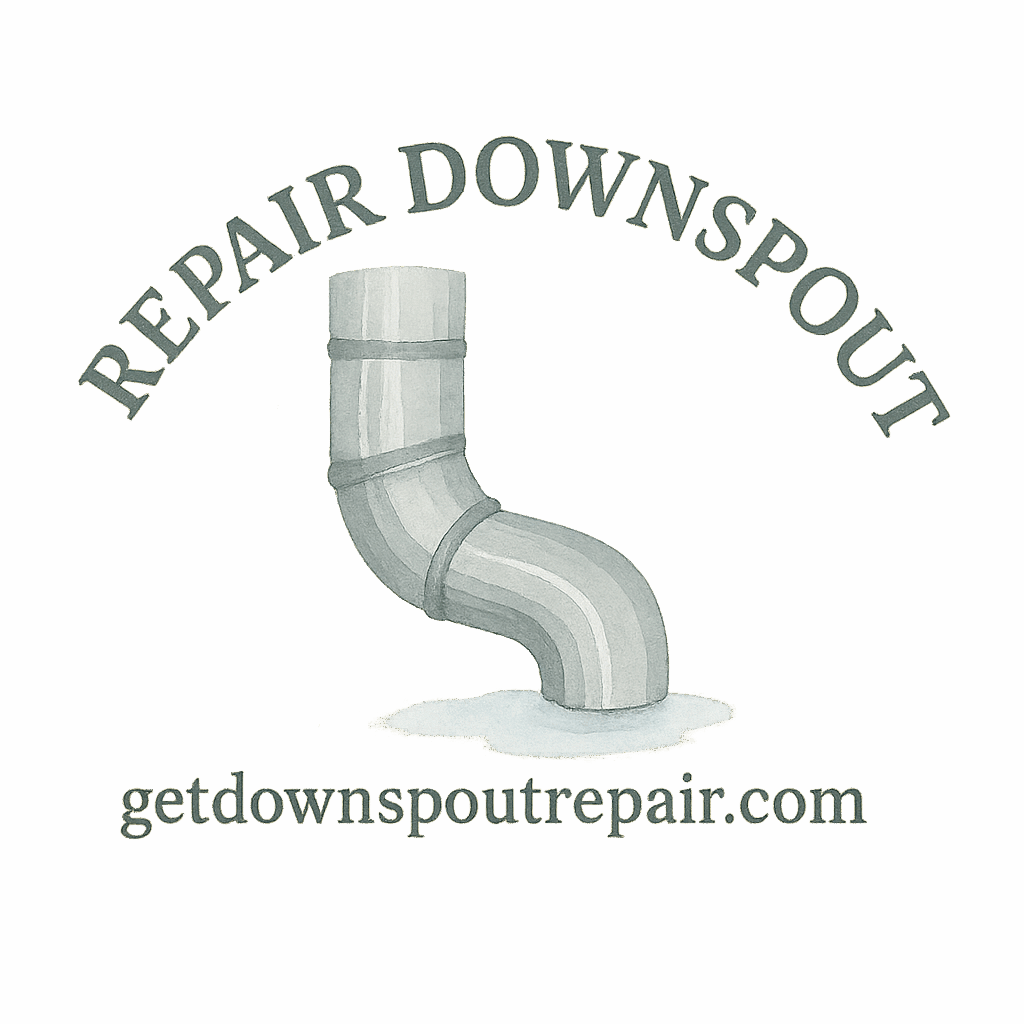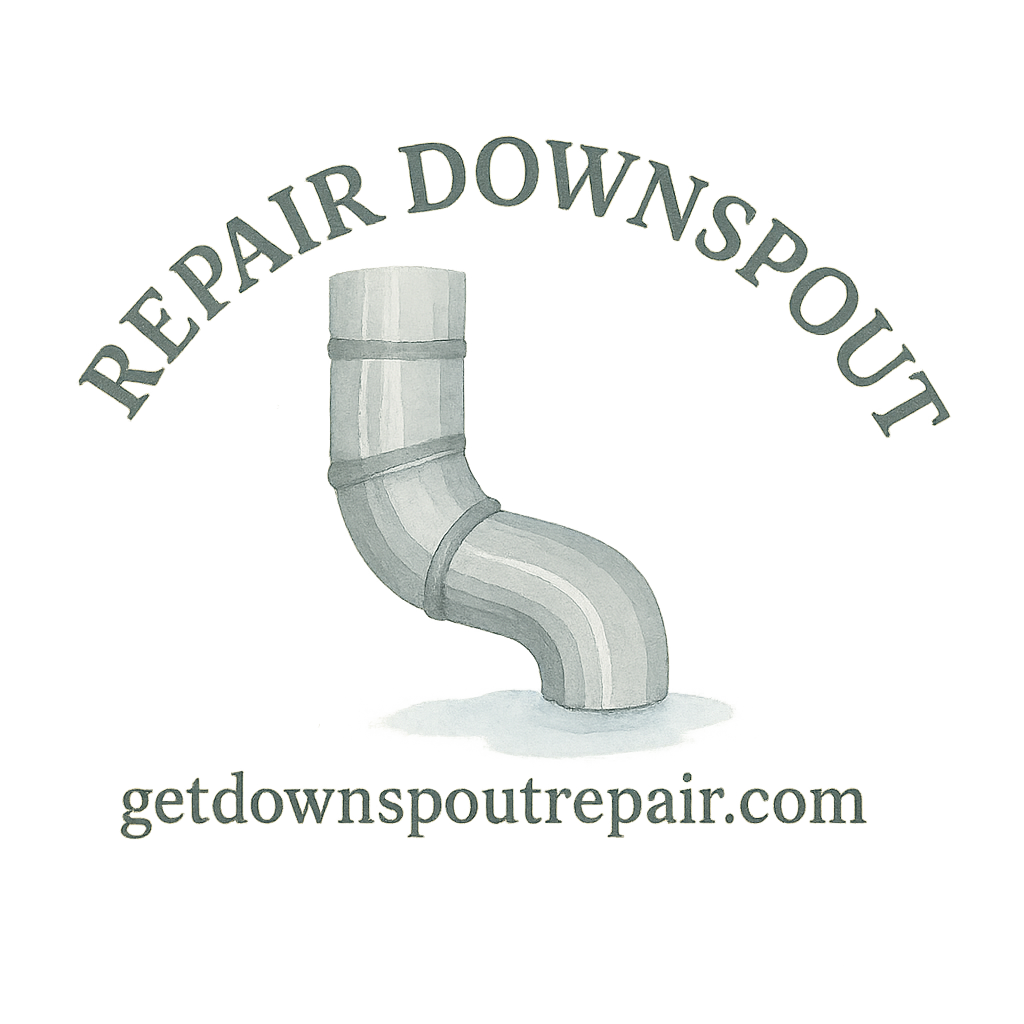Introduction: Why Eco-Friendly Downspout Repair Matters
Have you ever looked at your gutters and downspouts and thought, “There’s got to be a better, greener way to fix this mess”? You’re right. Choosing eco-friendly materials for DIY downspout repair doesn’t just save your home from water damage—it also reduces waste and lowers your environmental footprint. With simple swaps, you can keep your home safe, extend the life of your drainage system, and contribute to a cleaner planet.
Understanding Downspout Repair Basics
Before diving into materials, let’s get clear on the fundamentals.
Common Downspout Problems Every Homeowner Faces
From clogs and leaks to sagging pipes and poor drainage, downspouts take a beating. Neglect often leads to water damage around foundations, landscape erosion, and even mold growth inside basements. Understanding these issues is the first step in choosing the right eco-friendly fixes. You can learn more about repair basics here.
The Role of Eco-Friendly Materials in Repairs
Eco-friendly materials offer durability without toxic chemicals. They often use recycled or natural components, helping you avoid harmful plastics or non-biodegradable waste. In other words, they’re like giving your home a “green shield.”
Benefits of Choosing Eco-Friendly Materials
Environmental Impact
Using recycled or natural products reduces landfill waste and supports sustainable manufacturing.
Cost Savings and Longevity
Eco-friendly doesn’t always mean pricey. Many green materials last longer and require less maintenance, saving you money in the long run.
Protecting Home Drainage Systems
Stronger, sustainable materials keep your drainage system in top shape, preventing water damage and protecting your foundation. Explore more at drainage protection tips.
11 Eco-Friendly Materials for DIY Downspout Repair
1. Recycled Aluminum Downspouts
Aluminum is one of the most recyclable metals around. Opting for recycled aluminum pipes reduces mining waste while giving you a rust-resistant, long-lasting solution.
2. Bamboo Reinforcement Poles
Instead of plastic brackets, bamboo provides natural reinforcement. It’s lightweight, sturdy, and biodegradable.
3. Biodegradable Sealants
Traditional sealants can release harmful chemicals. Eco-friendly alternatives use natural compounds like plant-based resins for sealing leaks.

4. Reclaimed Wood Splash Blocks
Directing water away from foundations is crucial. Reclaimed wood splash blocks offer a rustic, eco-conscious option.
5. Natural Fiber Mesh Screens
Prevent clogs with jute or hemp fiber screens. They’re compostable and work just as effectively as plastic mesh.
6. Recycled Plastic Elbows
Not all plastics are bad. Using recycled plastic elbows helps repurpose waste while keeping your system connected.
7. Clay or Ceramic Diverters
Durable and natural, clay or ceramic pieces can replace plastic diverters, guiding water effectively.
8. Hemp-Based Waterproof Tape
Perfect for sealing small cracks, hemp-based waterproof tape is tough, biodegradable, and chemical-free.
9. Eco-Friendly Paints and Coatings
Protect your downspout’s exterior with water-based, low-VOC paints instead of toxic coatings.
10. Stone Gravel Beds for Drainage
Instead of synthetic mats, line the drainage area with natural gravel to disperse water and prevent erosion.
11. Rain Barrels Made from Recycled Materials
Collecting rainwater in recycled rain barrels saves water and reduces strain on municipal systems. Learn more about DIY fixes.
Tools and Gear for Eco-Friendly DIY Repair
Must-Have Basic Repair Tools
Screwdrivers, pliers, and ladders are still essential. But when possible, choose tools made with recycled steel or sustainably sourced wood handles. See beginner repair gear.
Premium Eco-Friendly Repair Gear
Consider investing in premium tools like solar-powered drills or ergonomic, sustainably made repair kits.
Step-by-Step DIY Downspout Repair with Eco-Friendly Materials
Preparation and Safety Tips
Wear gloves, secure your ladder, and always check for clogs before starting.
Removing Old or Damaged Parts
Safely detach old, rusted parts and recycle them whenever possible.
Installing Eco-Friendly Replacements
Swap out damaged areas with eco-friendly components like recycled aluminum or bamboo supports.
Sealing and Finishing Touches
Use biodegradable sealants and low-VOC coatings to protect your system for years.
Budget Tips for Eco-Friendly Downspout Repairs
Where to Source Affordable Materials
Check salvage yards, eco-stores, and online marketplaces for second-hand or recycled products. More advice at budget tips.
DIY vs. Hiring a Licensed Contractor
DIY saves money, but for complex problems, a licensed contractor ensures quality and safety.
Mistakes to Avoid When Using Eco-Friendly Materials
- Using untreated wood that may rot quickly.
- Forgetting proper sealing, leading to leaks.
- Choosing cheap materials that aren’t truly eco-certified.
Long-Term Maintenance for Sustainable Repairs
Clean your gutters regularly, check for clogs, and replace worn parts before they fail. See gutter cleaning tips.
When to Call a Downspout Expert
If your repairs keep failing, or if water damage spreads to your foundation, it’s time to bring in a downspout expert.
Conclusion: Building a Sustainable Future for Home Drainage
Eco-friendly downspout repair is about more than fixing a pipe—it’s about protecting your home and the planet. By using recycled, natural, and biodegradable materials, you can create a system that lasts longer, saves money, and leaves a lighter footprint on the earth. Ready to get started? Visit Get Downspout Repair for more guides and resources.
FAQs
1. Are eco-friendly downspout materials as durable as traditional ones?
Yes, many recycled or natural materials are just as strong, if not stronger.
2. Where can I buy eco-friendly materials for DIY repair?
Check local hardware stores, salvage yards, or specialized eco-friendly suppliers online.
3. Do biodegradable sealants really last?
Yes, plant-based sealants can last years if applied correctly.
4. Can eco-friendly repairs save me money?
Absolutely. They often last longer, reducing replacement costs.
5. Is it safe to install bamboo supports outside?
Yes, when treated and sealed, bamboo is durable and weather-resistant.
6. How often should I check my eco-friendly downspouts?
At least twice a year—ideally in spring and fall.
7. When should I call a pro instead of DIY?
If water damage is severe or the repair feels overwhelming, call a pro help expert.


